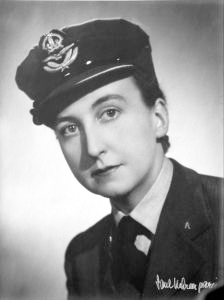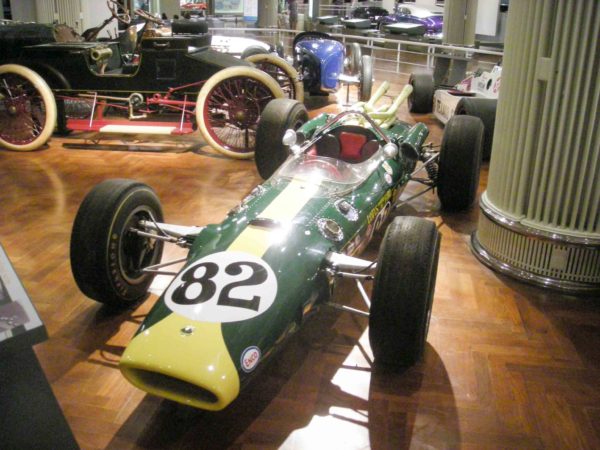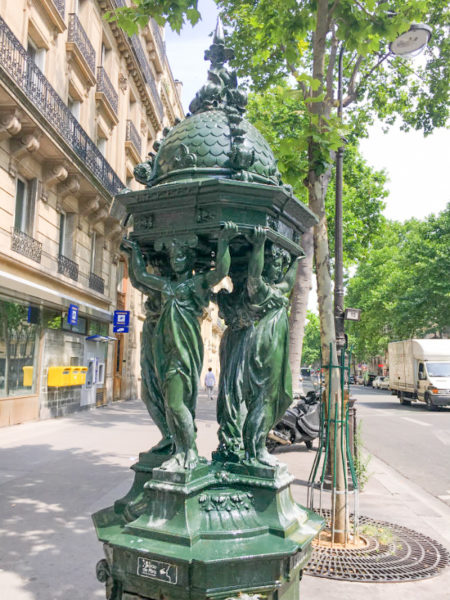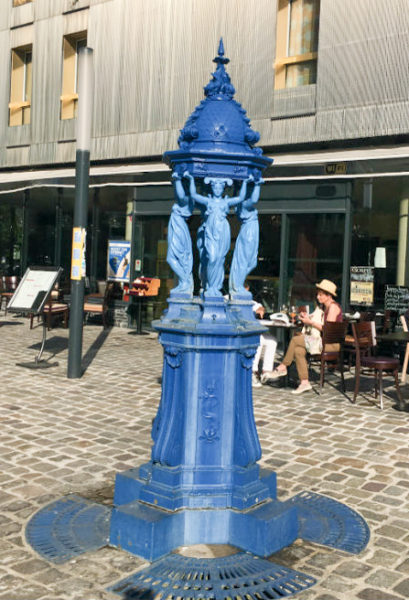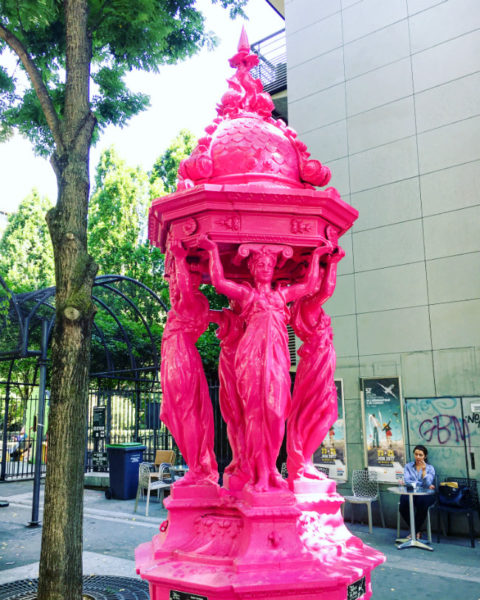How many of you have read The Scarlet Pimpernel by Baroness Orczy? Probably not many. It’s the story of the wealthy but foppish Sir Percy Blakeney who leads a double life. He is an accomplished swordsman, master of disguises, escape artist and as the “Scarlet Pimpernel,” Sir Percy rescues French aristocrats from the guillotine blade during the French Revolution’s Reign of Terror.
Today, we are going to focus our attention on a Scottish pastor who led the Paris parish for the Church of Scotland. Rev. Dr. Donald Caskie’s wartime exploits for rescuing downed Allied airmen and leading them to safety through the Pat O’Leary escape line earned him the nickname, “The Tartan Pimpernel.”
I will be the guest speaker for Bonjour Paris on 6 December 2023 for a Zoom presentation to their members and others. The topic will be “Walking History: In the Footsteps of Marie Antoinette” and I will take you on a walk along the exact route in Paris that the queen’s tumbrel took to the guillotine. I invite you to join us for the discussion and slide show.
Bonjour Paris (click here to visit the web-site) is a digital website dedicated to bringing its members current news, travel tips, culture, and historical articles on Paris. I have been a member for more than ten years and have found its content to be quite interesting, practical, and entertaining.
I will have a direct link to sign up for my presentation at a later date. There is no cost to Bonjour Paris members and €10,00 for non-members. The time of the live presentation on 6 December will be 11:30 AM, east coast time.
Did You Know?
Did you know I could probably write enough blogs on World War II traitors to fill an entire year? Today, I decided to call-out a particular British traitor who was quite dastardly and frankly, a lousy human being. Harold Cole (1906−1946) ⏤ a.k.a. Harry Cole, Paul Cole ⏤ began his criminal career as a teenager. Released from prison shortly after the war began, Cole enlisted in the British army and was stationed in France. Considered handsome with an appealing personality and sharp wits, Cole was never without female company. It didn’t take long before he was caught stealing from the army and jailed. Escaping, Cole was apprehended and thrown into jail once again. As the Germans overran France, Cole was released by the military but rather than returning to England, he remained in France. Read More The Tartan Pimpernel

